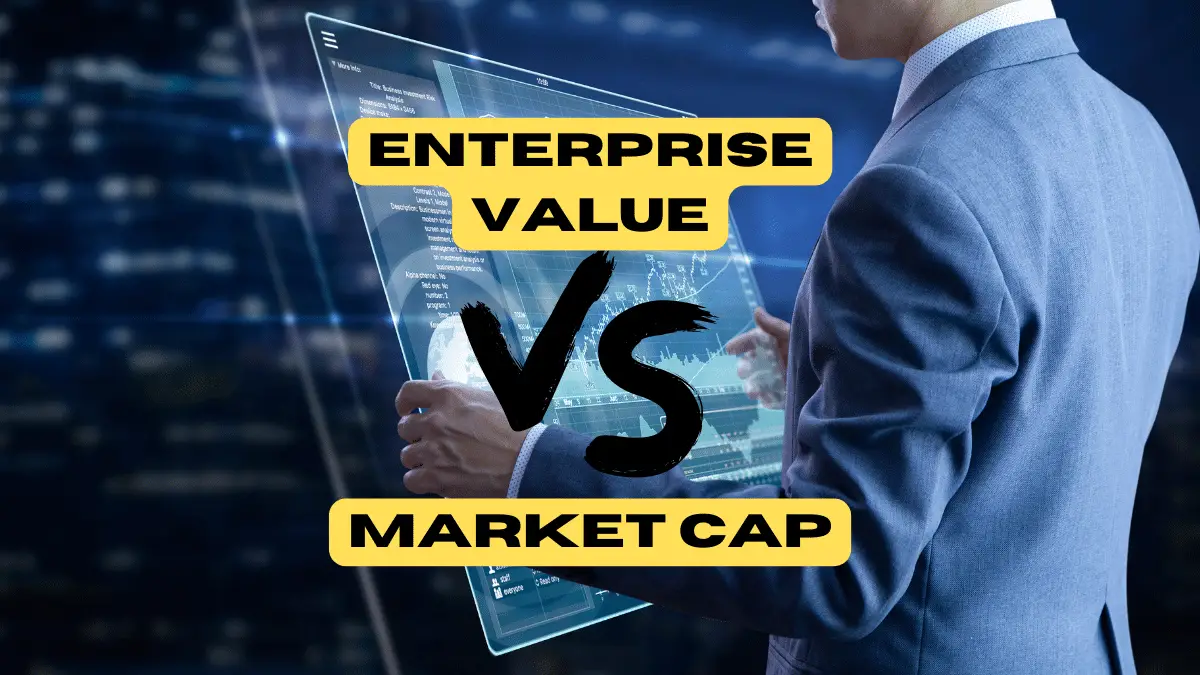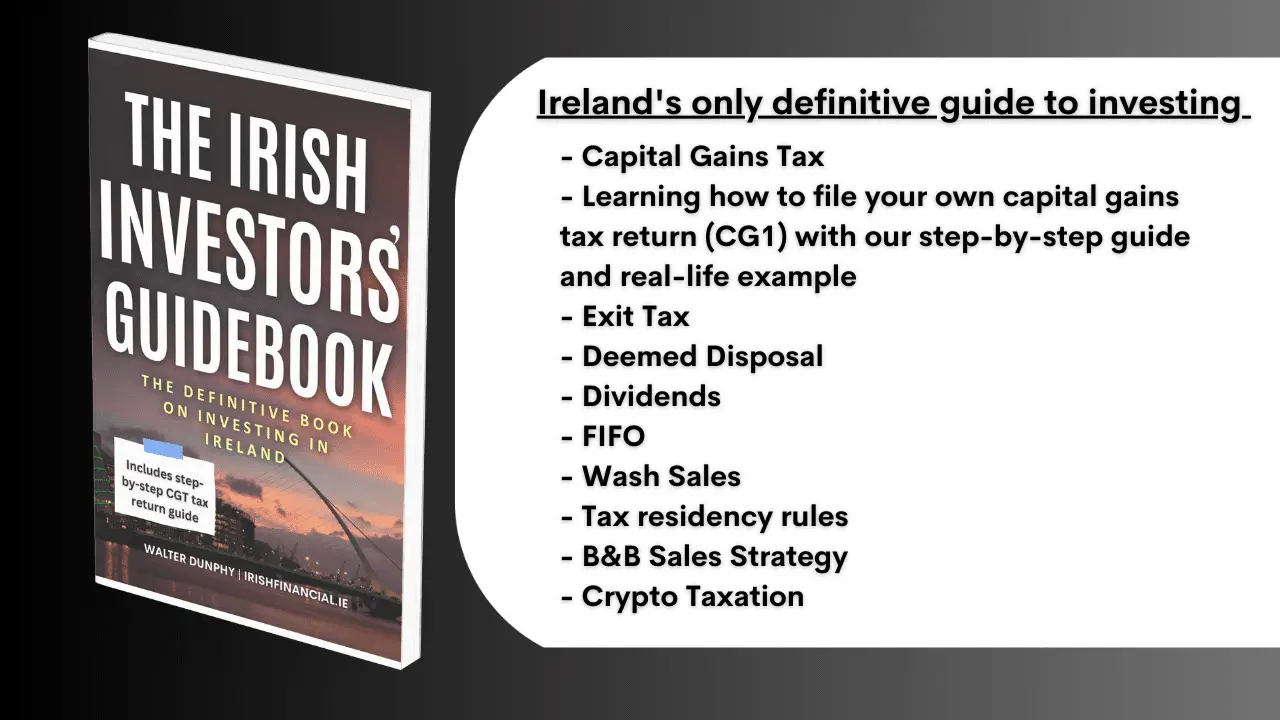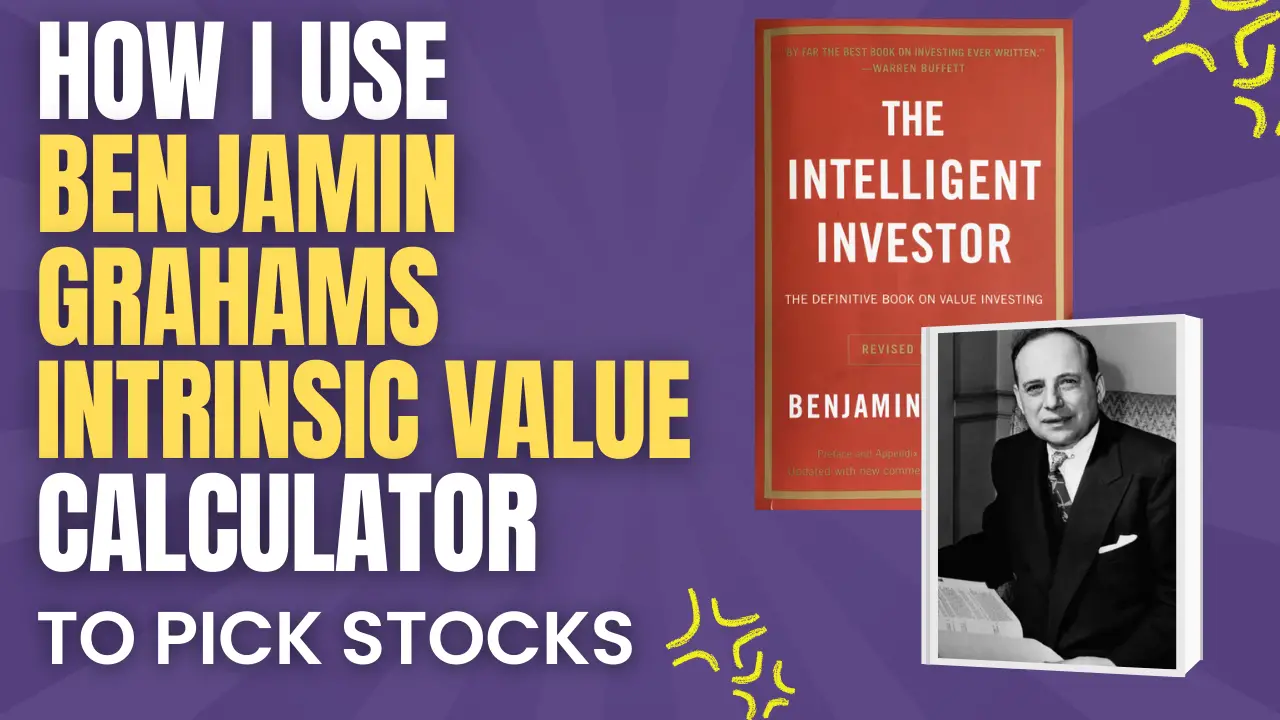At the end of the day, investment analysis is all about putting as accurate value as possible on a company and comparing that to how the market values it.
There are billions and billions of dollars being paid to analysts all over the world constantly running models and ratios to try and find mispricing and opportunities to make a buck.
There are a number of ways to measure the value of a company; Enterprise Value and Market Capitalization are two of the most common methods. But which is better to use? Let’s investigate.
How is Market Capitalization Calculated
Market Capitalization = Total Outstanding Shares X Share Price

The market cap of a company is always available, you can find the share price of publicly listed companies 24/7 (even when the markets are closed). This makes it a very useful measure if time is a very important factor in your analysis.
Market cap can be useful in comparing the relative size of companies within the same industry. Generally the larger the market cap of the company the more established it is, whereas companies with smaller market caps will be earlier in their lifecycle and may have a lot more room to grow (but are more risky).
- Nanocap – less than $50m
- Microcaps – $50m-$300m
- Small Cap – $300m – $2bn
- Medium Cap – $2-$10bn
- Large Cap – over $10bn
The downside of just focusing solely on the market cap is that it does not tell the whole story of the company. Companies are not just solely funded by shareholders, they often have large amounts of debt or preferred stock.
You could also argue that it doesn’t take into account the cash levels on companies balance sheets appropriately.
The most common investor ratio that uses Market Cap is the P/E or Price to Earnings Ratio.
P/E Ratio = Market Cap / 12-months net income
How Enterprise Value is Calculated
One way to look at valuing a company is to take all of its assets and work out the market value of each…But this is a lot of work.
Instead you could flip that on its head and look at all of the funding that has come in to pay for all of those assets. All of the assets would have to be paid from either from Debt or Equity.

Enterprise Value = Net Debt + Preferred Stock + Market Value + Minority Interest
Enterprise Value goes a step further than market cap and comes a bit close to looking at what the real worth of a company is. It does this by including other forms of funding in its calculation such as Net Debt (Total Debt less Cash available), Preferred Stock, and Minority Interests.
This measure is used more commonly in corporate finance when companies are assessing potential targets for mergers and acquisitions as it gives a more accurate value of a company.
The problem with Enterprise Value is that companies only release quarterly accounts revealing their cash balances and debt levels. Theoretically this means that you can only work out a truly accurate Enterprise Value of a company just 4 times a year.
And you won’t have that information in a timely manner as companies don’t publish their quarterly data on the last day of the quarter , it can be over a month later before a quarterly earnings call is held.
Enterprise Value is used in a number of different investment ratios:
- EV/EBITDA (Enterprise Value / Earnings Before Interest, Tax, Depreciation, and Amortization)
- EV/EBIT (Enterprise Value / Earnings Before Interest, and Tax)
- EV/FCF (Enterprise Value / Free Cash Flow)
- EV/Sales (Enterprise Value/ Sales)
Market Cap vs Enterprise Value

On the face of it, if you were comparing two companies in the same industry by just looking at their market cap you would not be seeing the full picture.
The two companies in the example above have completely different real values. Even though Company A and Company B both have market caps of $10bn, the Enterprise Value of company B is $2b more.
Enterprise value can play an important role for investors conducting fundamental analysis.
When investing in companies it is important to look at the mix of capital they use to fund the companies operations.
The cost of capital of a company will be determined by its mix of debt and equity. When a company is deciding on what projects to invest it will use the cost of capital to decided on whether the return on the investment is worthwhile.
In the event a company were to ever go bankrupt, there is a hierarchy that lists out the order in which creditors are paid out from remaining funds.
Debt holders are top of the list meaning they will be paid first ( there may be several categories within debt such as secured and unsecured debt), then you will have preferred stock and near the bottom of the list are ordinary shareholders. There may not be any cash left at this point.
This is why shareholders demand much higher returns than bondholders as shareholders are taking a much larger risk with their investment.
Disclaimer: This blog post is for informational and educational purposes only and should not be construed as financial advice.







